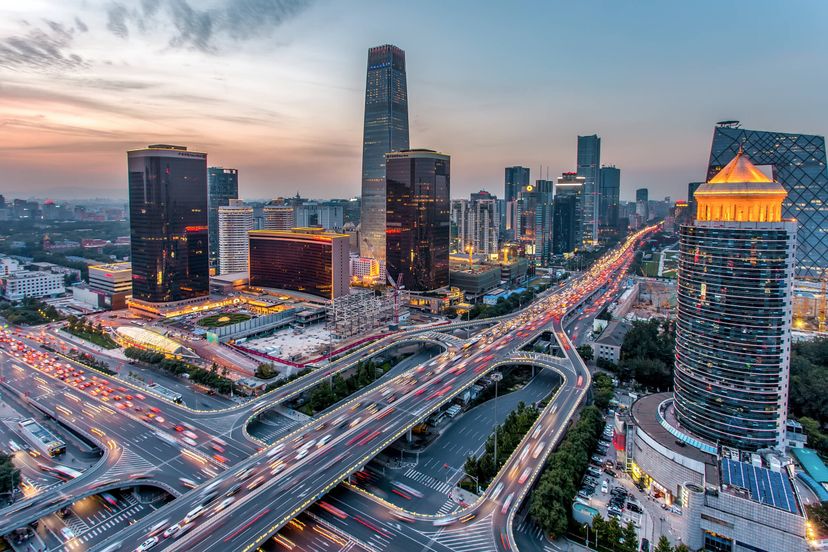
Designations from the United Nations Educational, Scientific and Cultural Organization are much sought after by cities around the world. Its best-known one is the World Heritage Site that calls on signatories to protect and preserve important monuments from a small church to a vast jungle. Less well known but still dandy for planning itineraries is the Creative Cities Network in which cities receive a special designation if it can prove its creative specialty is unique of important cultural and economic significance and is sustainable. One of the most intriguing is Design. UNESCO has identified 15 Cities of Design that “(place) creativity and cultural industries at the heart of their development plans.” It is about not just the urban space but the things that fill space that, to meet UNESCO criteria must enhance the quality of life for people and be environmentally sustainable. And of course, make a whole bunch of seriously cool stuff. Here are, in UNESCO’s estimation the 15 most aesthetically pleasing and innovative Cities of Design.
Advertisement
15. Montréal, Canada
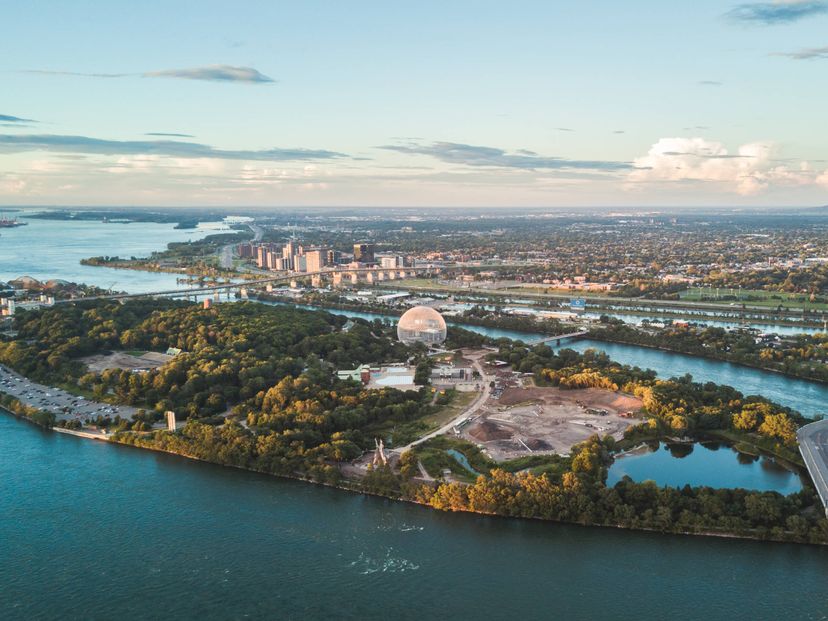
The genius of some of the world’s great architects dots the Montreal skyline despite the civic edict that no building exceeds the height of Mont-Royal under whose slopes the city was founded in 1642. I.M Pei’s Place Ville Marie still dominates the downtown more than 50 years after its debut. Other stellar works include Mies van der Rohe’s Westmount Square, Buckminster Fuller’s stunning Geodesic Dome, and Moshe Sadie’s Habitat, the latter two built for the 1967 World’s Fair has found new life. Old Montreal by the Old Port is a treasure of preserved 19th-century buildings on cobblestone streets. It is the home of the Canadian Centre for Architecture as well as the UNESCO Chair in Landscape and Environmental Design at l’ Université de Montréal. UNESCO calls Montreal “The City of Designers” with 25,000 people in design development in one of the most stylish cities in North America.
14. Buenos Aires, Argentina
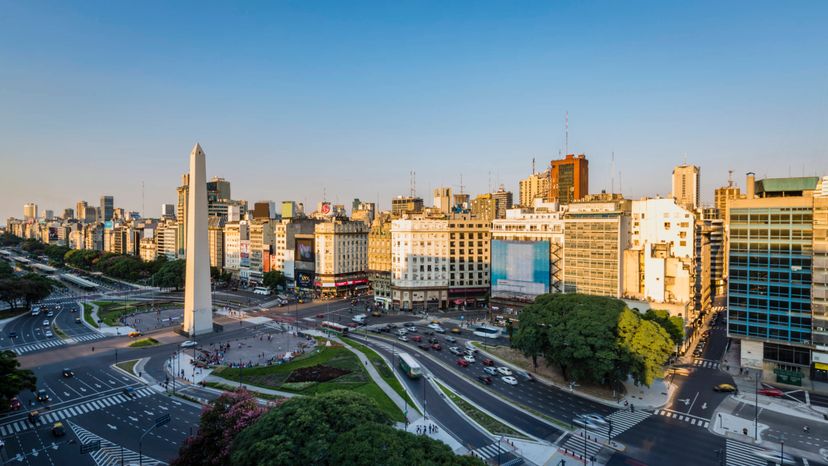
For architecture fans and design geeks, Buenos Aires is already heaven. One of its iconic historic buildings, Palacio Barolo is an homage to Dante’s 15th-century masterpiece, The Divine Comedy with the Hell, the ground floor with flame images on the walls, to the mid-level office space, called Purgatory and the upper floors with their fantastic views of the great city being ‘Paradise.” It has a stable of great works on its skyline built in a jumble of Old World Styles from Renaissance to Art Deco. The Planetarium and Women’s Bridge continue the creative tradition into the 21st century. UNESCO notes with praise the use of government incentives to grow the design industry which now accounts for almost a tenth of the giant city’s Gross Domestic Product and “contributes to turning Buenos Aires into a benchmark of design in Latin America: while fostering inclusive and sustainable development.
13. Curitiba, Brazil
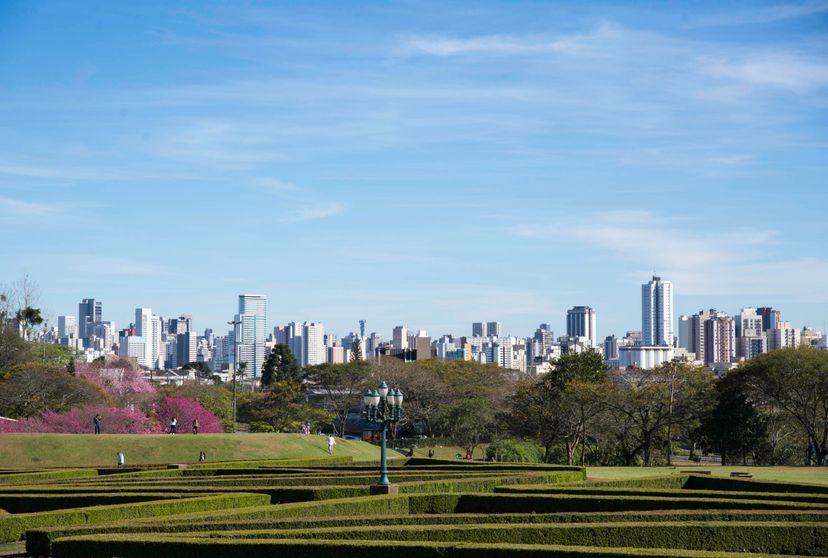
This city of 3 million people in southern Brazil is at the forefront of sustainable urban development in the world. Already a cultural and design center, UNESCO singles out the city’s innovation for “Recognizing design as an agent for urban transformation.” In this context, the term “design” goes beyond buildings in post-modern, futuristic shapes to the materials used to make them. The sustainable city mission was begun by the architect and three-term, Curitiba Mayor Jaime Lerner and inspired similar initiatives across the country. Lerner combined an overhaul of mass transit and garbage collection with the promotion of alternative building materials to streamline costs and provide affordable housing. An NGO (Nongovernmental Organization) Curadores da Terra or Keepers of the earth has developed a process that turns the environmental plague of plastic bottles into a popular, inexpensive building material.
12. Bilbao, Spain
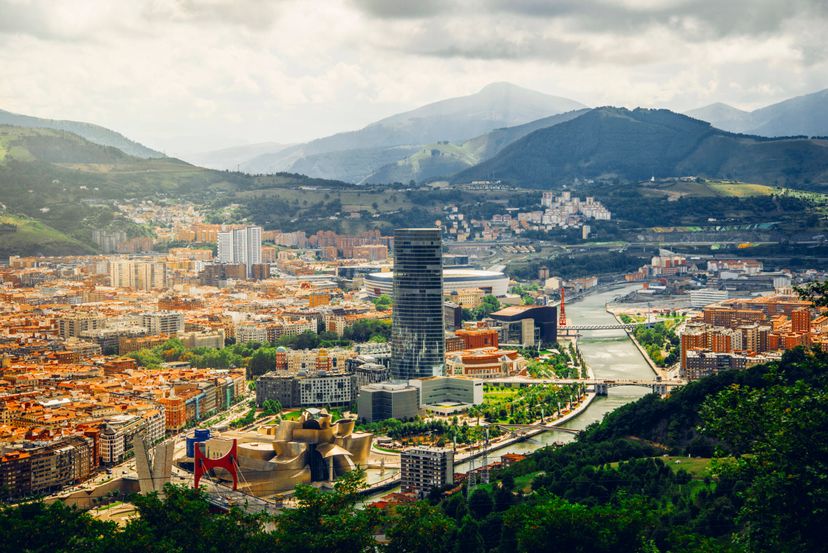
What leaps to mind at the Mention of Bilbao, is the beautiful jumble that is the Guggenheim Museum designed by Frank Gehry, one of the most famous and renowned pieces of architecture since it opened in 1997. In fact the whole process of reclaiming former heavily industrial urban areas that are in decline or abandoned has come to be called “The Guggenheim Effect, the great Museum reclaimed a derelict section of the old port for a sustainable addition to the city’s tourism infrastructure. The policy continues with the Alhondiga, a beautiful wine warehouse from 1909 on the verge of demolition but rescued and turned into a multi-use cultural facility in 2010. Bilbao’s approach using design and technology to transition from an old industrial economy to a modern service economy is the model UNESCO wants more cities to follow, the creation of “major cultural facilities contributing to the economy in terms of wealth creation, employment and social well-being.
Advertisement
11. Turin, Italy
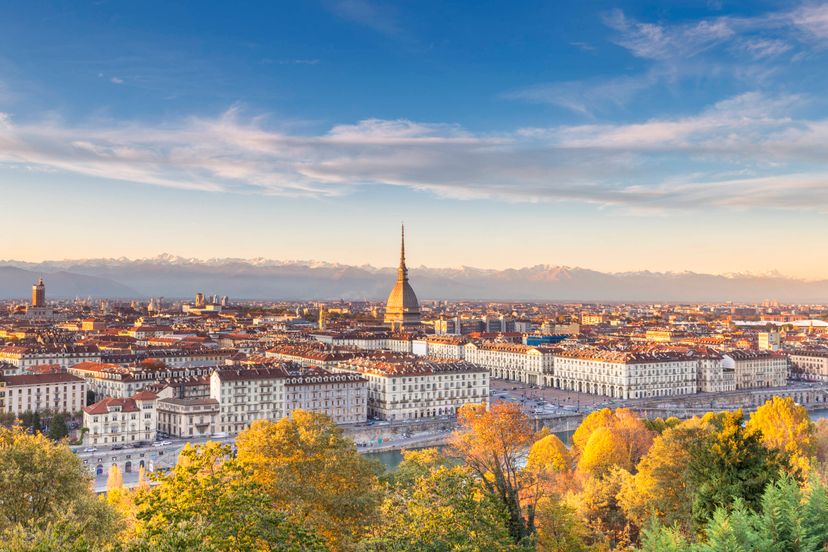
Italy has been at the forefront of global design since they built the Roman Senate in 753 BCE. Turin has been called the Detroit of Italy, the home of great automotive brands like Fiat and Alfa Romeo. And like its American counterpart, it experienced economic crisis and depopulation in the 1980s. Still, with about the same GDP as the country of Croatia, Turin has used its accumulated wealth expertise, and world-class schools to move upstream into more sustainable, knowledge-based industries, most notably aerospace. Several of the International Space Station modules were designed here. The greatest symbol of the city’s rejuvenation and the transition is the fabulous Lingotto Fiere, which remains futurist despite being nearly a century old. Even Le Corbusier the great French architect raved about it. The old Fiat plant opened in 1922, but then became outmoded in the seventies and eventually closed in the ’80s. It reopened as a multi-use complex, including hotels, concert halls art gallery shopping mall, and a campus for the world-renowned Polytechnic University of Turin.
10. Graz, Austria
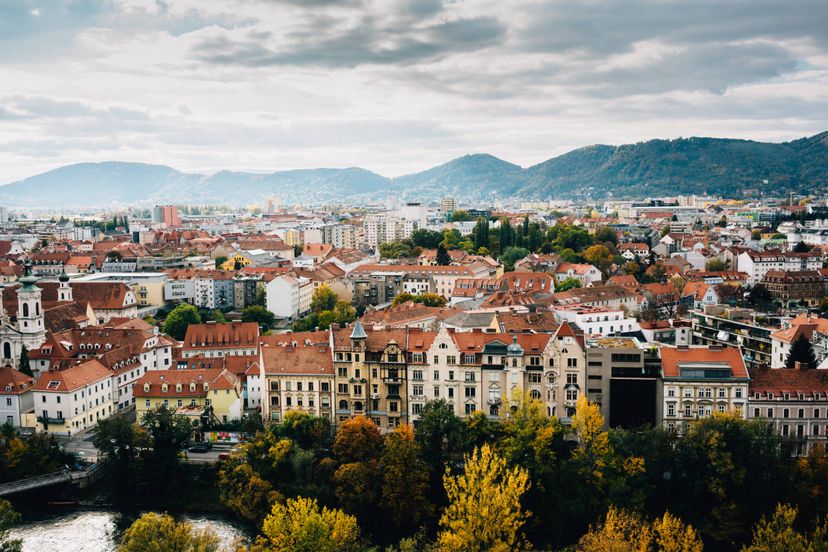
Graz is already home to two UNESCO World Heritage sites. Eggenberg Castle is a grand historical work in the Baroque style. The Old Town is an impeccably preserved wealth of centuries of buildings in a wide range of architectural styles. But the small city of 300,000 isn’t resting on those fortunate laurels of the distant past. UNESCO’s website is prone to thick bureaucratic gibberish, but the spirit of the initiative comes through in statements like noting a fashion festival “is committed to a cultural exchange on the textile level.” It’s just an example of the injection of sustainability into everyday goods that is providing the basis of The Next Economy in First World places that can afford to lead the way. Consider it the next Industrial Revolution. The Creative Sector in Graz has almost 5,000 companies, mostly small and medium-size that generate about $700,000,000 in additional revenue allowing the city to commission innovative, iconic works of architecture that goes beyond fancy buildings for the sake of being fancy to making intelligent design that “and values both the aesthetic component of design as well as its ability to make daily life more livable.”
9. Berlin, Germany
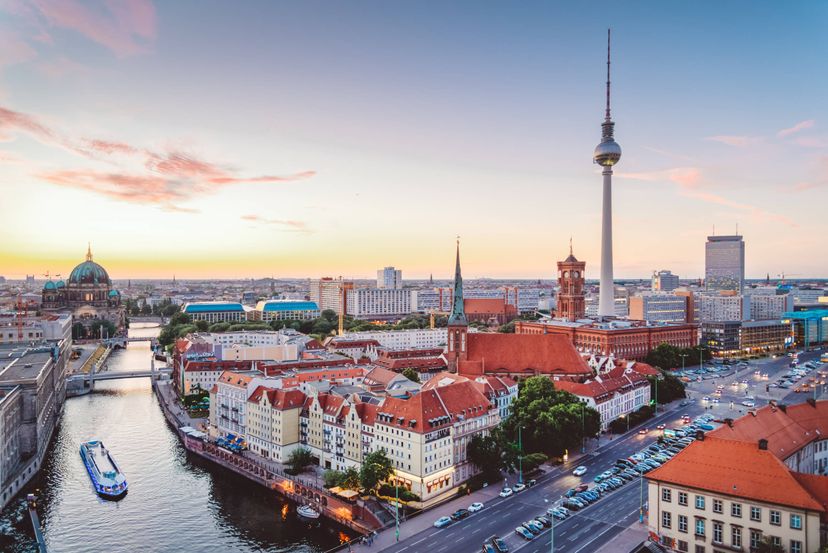
Berlin has been one of the creative centers of the world for centuries and is now becoming a leader in Design with some 2,400 companies been over $400,000,000 in annual revenue. Its International Center for Design is focused on what it believes is the way of the future: “Environmentally-conscious design is thus the key to a sustainable society.” At its heart is the emerging consumer behavior called LOHAS “Lifestyle of Health and Sustainability” as individuals seek out healthier lifestyles and environmentally-sensitive choices. They have become a world leader in ‘eco-design…to optimize energy efficiency, to minimize pollution emission and waste production.” There are 5000 Design students in the city’s elite schools. Berlindesign.net acts as an independent, fair trade platform for hundreds of independent Berlin designers from fashion to furniture to food. It’s all based on a highly innovative business plan called the “Triple Bottom Line,” in which design marketing and pricing reflect not just profit margins but ecological, economic, and social concerns as well.
8. Helsinki, Finland
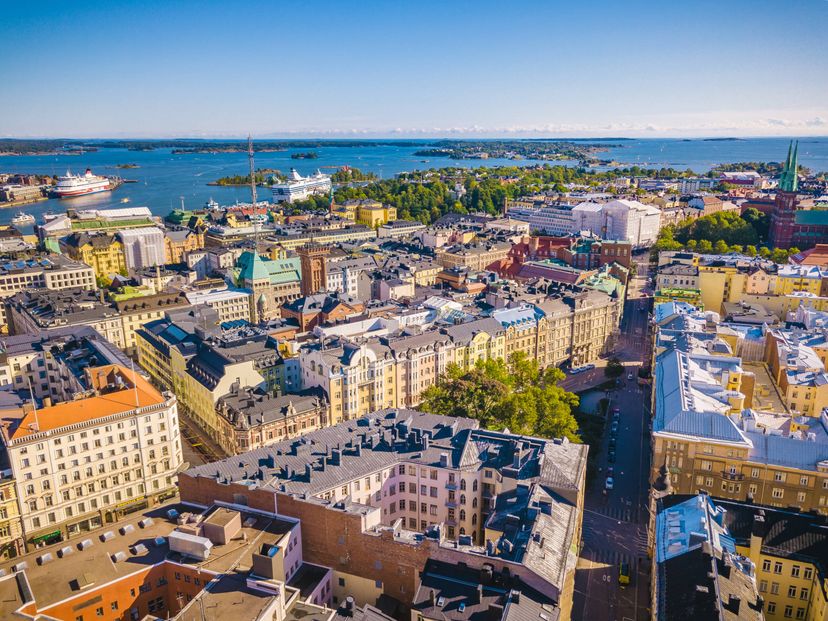
Design is embedded in the Finnish soul. Or as the Guardian wrote, “Design is to Helsinki as literature is to Dublin and samba is to Rio.” Scandinavia in general is known for its modernist, minimalist furniture but Finland itself with a population of 5.5 million has given the world two of its greatest architects, Eero Saarinen and Alvar Aalto. The Finnish capital is an architectural garden of delights. Volumes have been written about the Finns’ creativity but UNESCO pointed to two things in particular that propelled Helsinki to 2012’s World City of Design status. One, Design is a government priority. The Finnish Innovation Fund stimulates the sector to design solutions to a wide variety of public policy issues from sustainability to education. It especially notes the inclusion of passengers in the process of designing the seats on the transit system.
7. Dundee, Scotland
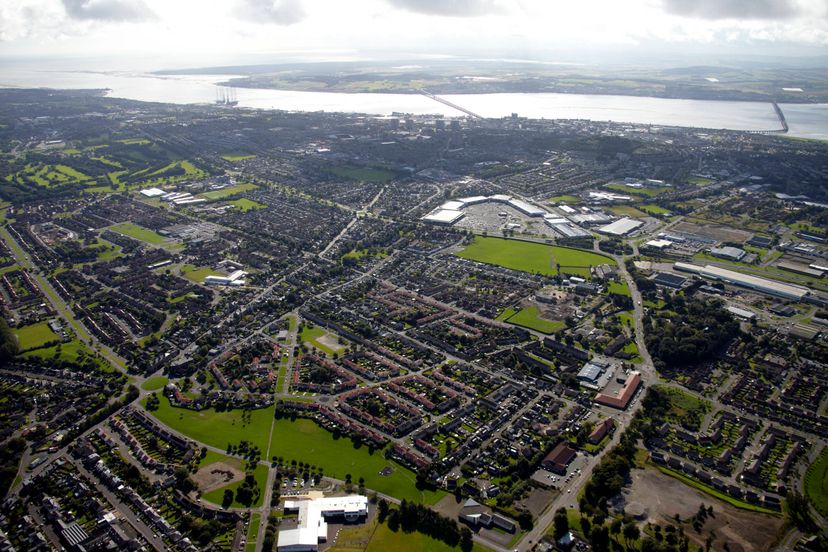
A charter member of the global Rust Belt of once vibrant juggernauts of heavy industry, Dundee was made the United Kingdom’s first Creative City of Design. It is a case study in urban reinvention in knowledge-based economic sectors and an example of just how broad the discipline of design has become. The booming shipbuilding and textile industries have given way to biotechnology and digital media. Dundee is home to one of the largest teaching hospitals in the world as well as the company that produced the hugely popular video game called Grand Theft Auto. The city is spending 1.5 billion dollars on revitalizing its waterfront, including a striking Museum Of Design with the goal of making the city an international design center, creatively financed by the government and private sector funding.
Advertisement
6. Shenzhen, China
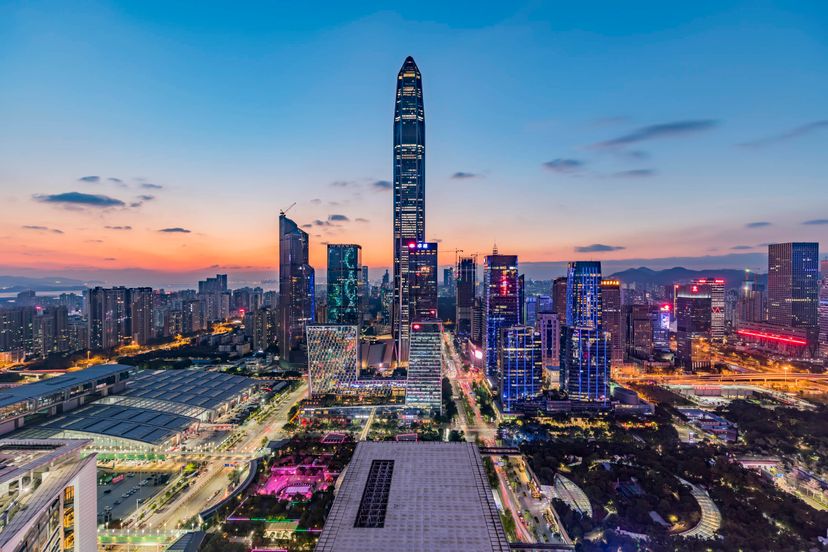
Shenzhen’s skyline shimmers with stunning, cutting edge architectural design as befits to an emerging innovative powerhouse of 11 million people. The Stock Exchange, the Asian Cairns, and the Oct Museum push the design envelope. In southern China close to Hong Kong, design is a multi-billion dollar business employing 100,000 people. A generation of Chinese designers was trained here and excel in a wide spectrum of disciplines, women’s fashion being the most notable but that includes crafts, jewelry, and toys. The city has moved upstream into creative, knowledge-based sectors, finance primarily among them as integration with the wealth creation machine that is Hong Kong.
5. Shanghai, China
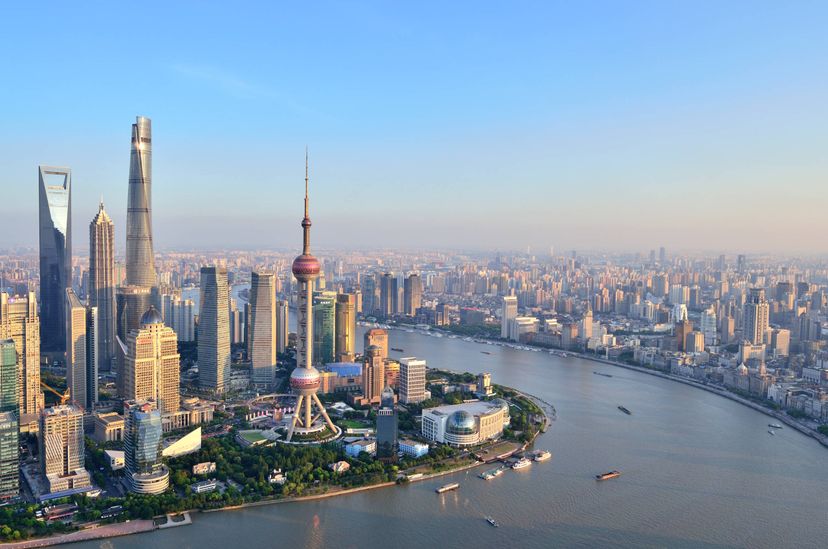
The Shanghai Design Show is Asia’s biggest and most importantly attracting the world designing elite, from Jaguar to Nike to Cognac giant Martell. A truly international city home to 25 million people faces enormous challenges in sustainable development. But it has a huge creative sector to meet those challenges and develop sectors that add about $40 billion to the city’s GDP. UNESCO notes that the city was the Chinese leader in creative sectors such as film and music. It takes one look at Shanghai’s dynamic skyline to grasp the tremendous creative power the city is harnessing under the aegis of the Municipal Commission of Economy and Technology. Shanghai’s Creative Cites page boasts 87 Creative Clusters, over 4,000 innovative design-related agencies and institutions, 283 art institutions, 239 art, and cultural community centers, 100 museums, 25 libraries, and 743 archive institutions. It is perhaps Exhibit A of a city growing its economy by investing in Design.
4. Kobe, Japan
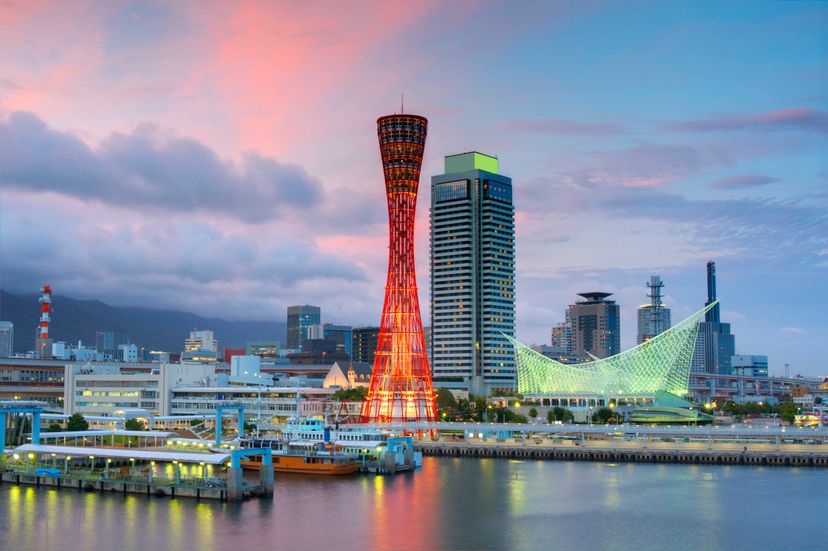
There is a 21st century about the Kobe skyline partly because of its innovative nature and sadly, from a major rebuild after the catastrophic earthquake in 1995. But in one form or another, the city has been adept at self-reinvention through history. As an open port, it has absorbed the influence of many cultures and has long been regarded as a cosmopolitan city. There is an old saying that says, “If you can’t go to Paris go to Kobe.” Like the French city to which it’s compared, Kobe is a fashion design center. Kobe Biennale is a major annual art and design event that aims to use the twin disciplines “not only to promote the arts but also to contribute to the enrichment and environment of Kobe.” In 2015 a number of eclectic competitions were held for Art-in-a Box, using old containers as a kind of urban canvas; creative toys, ceramic art, comic illustration, and ‘green’ art.
3. Nagoya, Japan
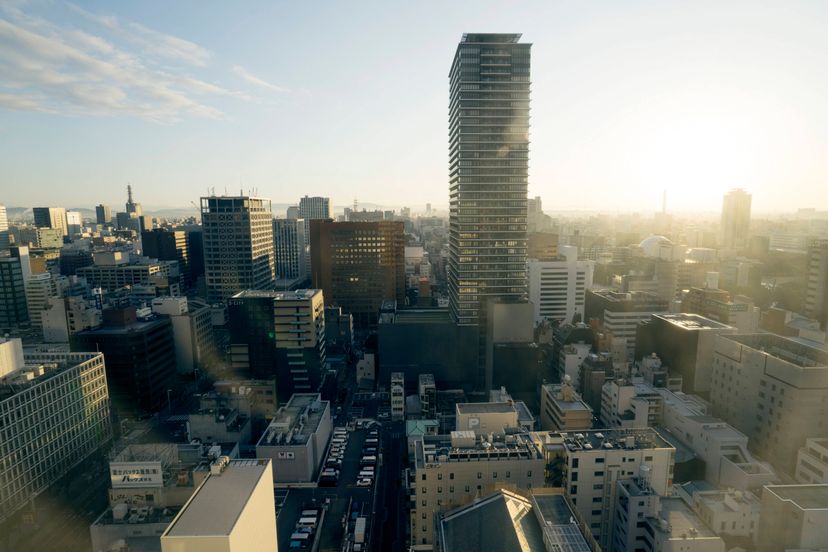
One of the rare cities that has managed to retain its blue-collar and artistic pedigrees. It is home to major Toyota and Mitsubishi auto plants as well as traditional Japanese theater, cuisine, and craftwork dating back to medieval times. All under the magnificent watch of the fabulous 17th century Nagoya Castle. Even the modern manufacturing systems are based on the old Japanese principle of Monozukuri which Toyota defines as “manufacturing which is in harmony with nature and that is value-adding for the society… the older sister of sustainable manufacturing.” Also unlike many others on the list, Nagoya can claim a design specialty. An army of engineers advances robot technology as well as a sector that discovers and designs new materials. UNESCO lauds its combination of tradition and the philosophy of Humanism with advanced technology.
2. Seoul, South Korea

The economy of South Korea is an aggressively powerful export machine barging into giant-dominated sectors like cars and cellphones. Seoul, the dynamic capital, is home to three-quarters of the country’s designers. Seoul’s design sector is heavy on IT-related products now honing fashion and digital home appliance design. City government policy acts as a facilitator linking design companies with their thriving industrial base. Dongdaemun Design Plaza is like a modern Silicon Valley of design and creative expertise that not only serves as an incubator for innovation but transformed one of the city’s oldest, most historic districts.
Advertisement
1. Beijing, China
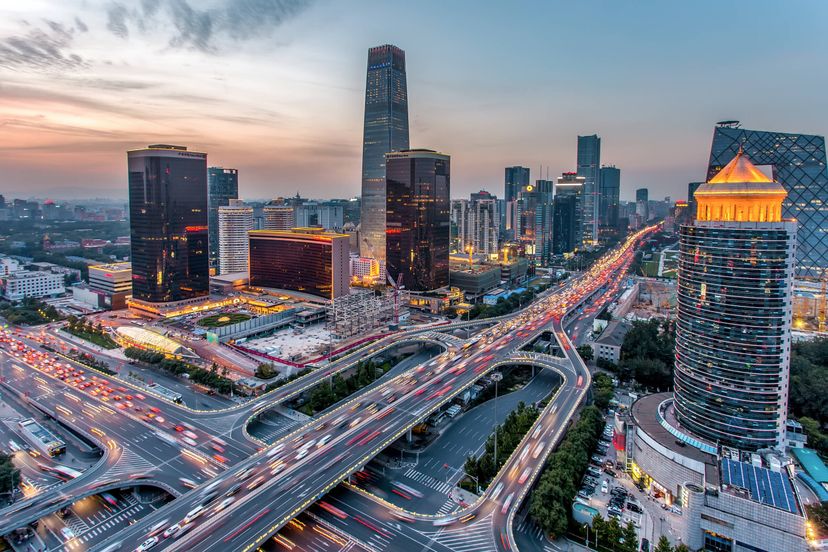
Far and away the most controversial and debatable of UNESCO’s designations is Beijing, China. However, UNESCO notes the city’s 3000 years rich with history. The architecture and design of the venues for the 2008 Olympics were spectacular but remain underused and unable to be integrated into the city fabric. Meanwhile, the brutally bulldozing of the city’s legendary hutongs or traditional neighborhoods of narrow alleys have been documented in books and documentaries. UNESCO cites the huge number of museums and creativity clusters “bearing in mind their relevance for sustainable development.”
Advertisement